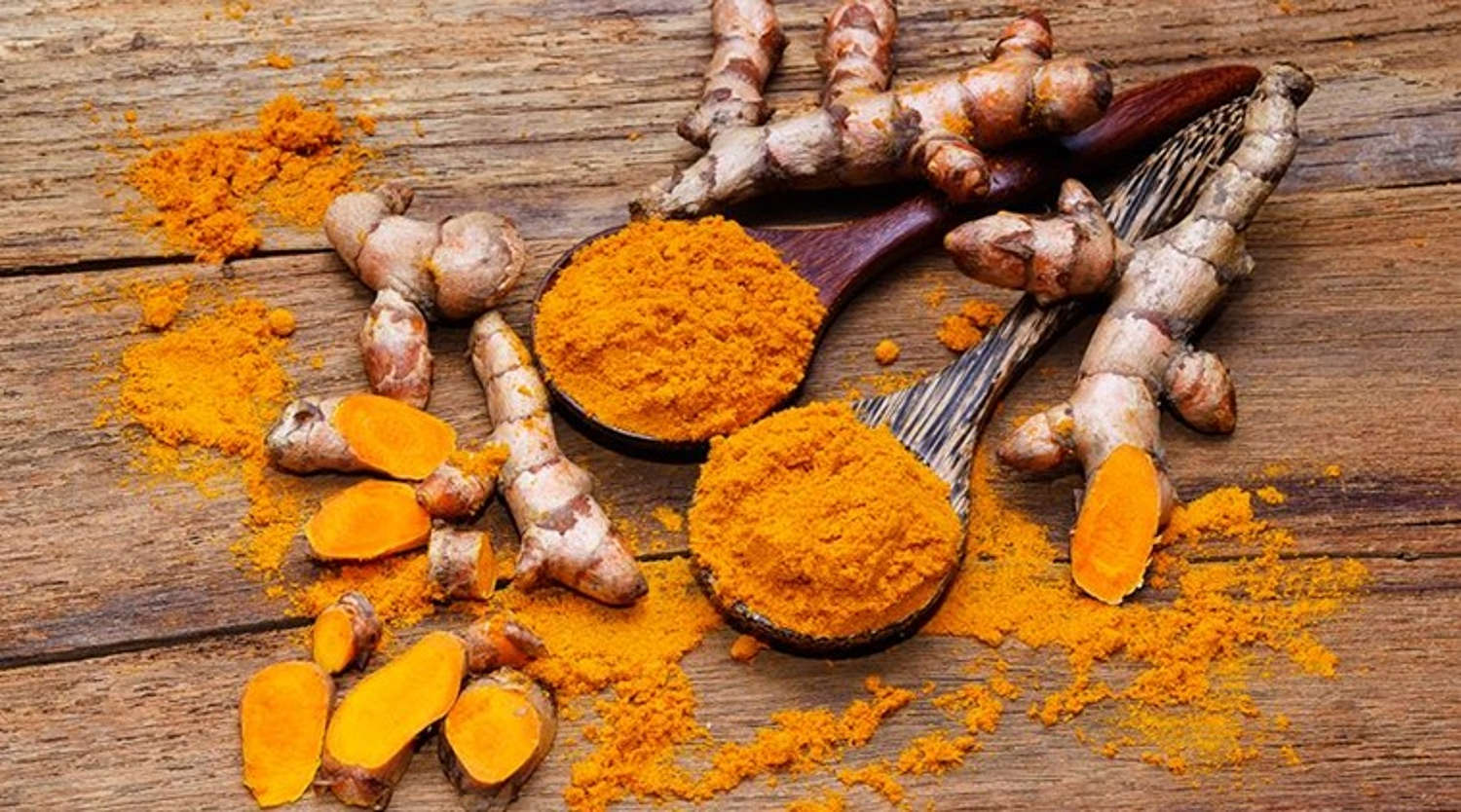An integral, indeed essential, part of South Asian cooking and culture, turmeric has been used to impart warm colours, aromas and slightly bitter orange and ginger flavours to everything from curries to ice cream for thousands of years. More than that, it is also highly renowned for its antiseptic, anti-inflammatory and anti-oxidant properties and is still used in Ayurvedic medicine for a huge range of ailments from upset stomachs to remedying Alzheimer’s disease. In Cambodia, turmeric has yet another role to play: storyteller.
The uniqueness of Cambodia’s food comes from its exceptional blend of cultures and influences and this is the chief defining feature of the Cambodian Living Cuisine that we celebrate at Malis. We honour not just Khmer cuisine, but also the recipes and ingredients that reflect Cambodia’s history of Indian and Chinese traders and voyagers, French colonials and not forgetting the mutual interplay of influences with our neighbours to east and west.
Turmeric is one of the legacies of those early Indian traders who had such an overwhelming impact on the course of this country’s history. And it can be found still in some of Cambodia’s iconic dishes, such as Nom Banh Chok and Fish Amok, as well as in Kroeung, the aromatic paste that underpins so many classic recipes.
Kroeung might be similar to the curry pastes that many of us will know well from Thai cooking, except for two fundamental features: there are frequently no chillies, and there is turmeric.
Kroeung is based on eight principal ingredients: lemon grass, kaffir lime zest, lime leaves, galangal, turmeric, garlic, shallots and sometimes chillies. The result is spicy, but more in the aromatic sense than the fiery heats we associate with Thai curries. Where the Cambodian dish does require chillies, as in a Cambodian red curry, these are added into the paste as well, but they tend to be milder versions of the birds eye chilli than we find in Thailand.
Kroeung pastes are prepared in a variety of ways giving different colours and flavours — red, yellow and green — and forming bases for different dishes. The Yellow Kroeung paste is used as a marinade, or in Samlor Machu Kroeung, a pork rib stew and Prahok K’tis, and of course, the famous Fish Amok.
For a great breakdown of how to make it, check out this recipe from the guys at Grantourismo.
